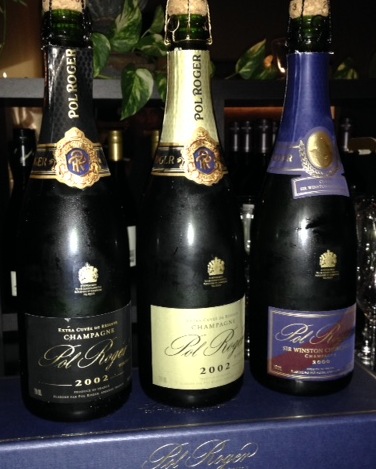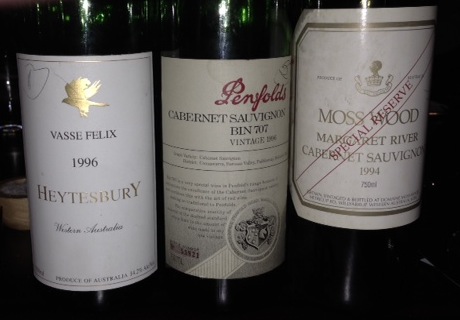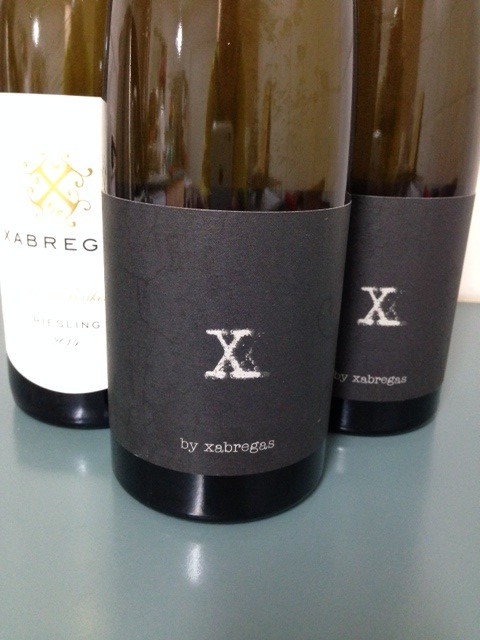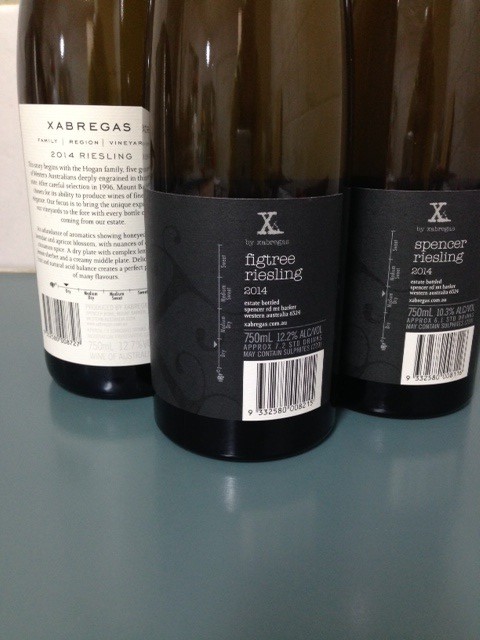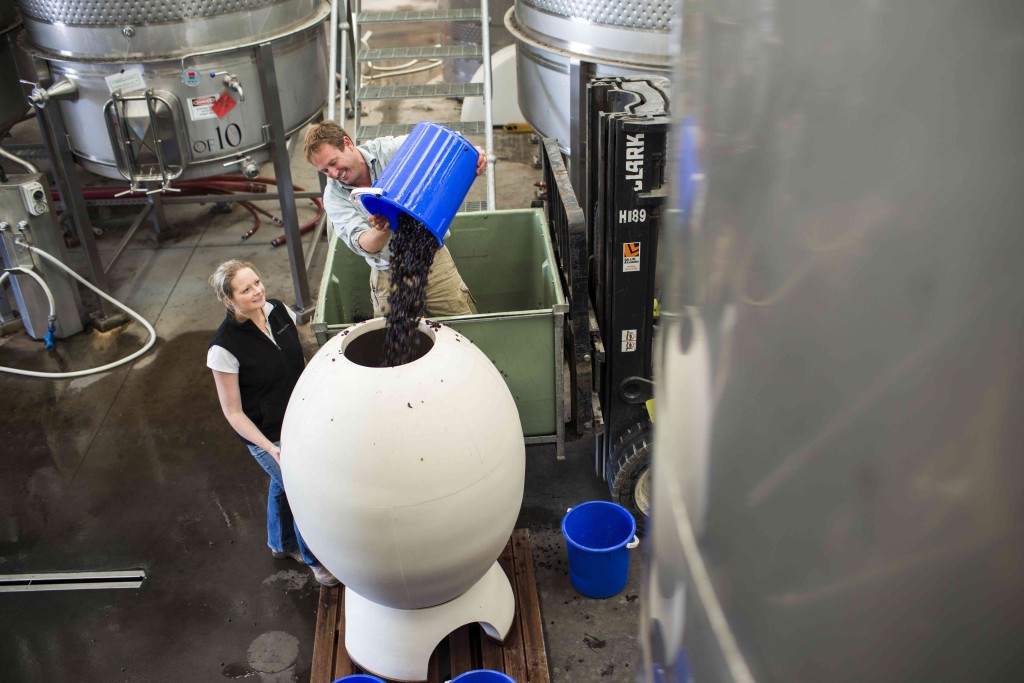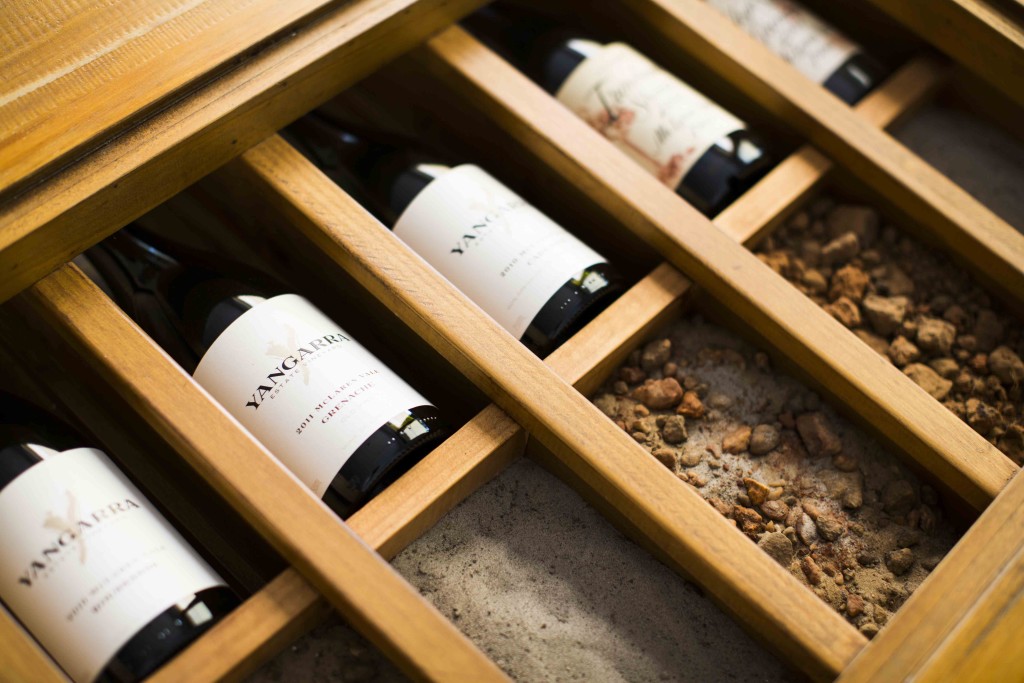30th June 2015
Reviewed by Barry Weinman
There are a number of great comparative tastings held each year in Australia. For example: Cape Mentelle hosts Cabernet Sauvignon, Cullen has Chardonnay, Peel Estate is Shiraz and Frankland Estate explores Riesling. In each case, a specific vintage is tasted with renowned wines selected from around the globe.
The annual Benchmark Tasting at Faber Vineyard is an opportunity to try 12 (in this case 14) of Australia’s most highly rated Shiraz in a blind tasting.
Hosted by John and Jane Griffiths, the tasting differs from the others mentioned in one important way: all the wines are from Australia. This is an opportunity to put Faber’s Reserve Shiraz up against some of Australia’s best wines.
As a winemaker, it must be a nerve-racking experience to have your own wine in this type of event. Knowing that your wine deserves to be there, but at the same time, worrying about what people will think. However, there was no sign of nerves as John presided over proceedings.
To cap off a spectacular day, we were treated to a delicious home-cooked meal from Jane, which was served between the brackets of wines. This was all washed down with some of Faber’s finest wines.
I would suggest getting onto their mailing list now, so that you can be a part of this great event next year.
The Wines
In a tasting like this, there are no bad wines, just varying levels of greatness. The advantage of tasting these blind (and not knowing the line-up of wines ) is that the wines have to stand on their own, without the label to support it.
Bracket One was uniformly brilliant, with all wines worthy of a gold medal. Support from the audience was equally spread across the wines from Torbreck, Jamsheed and Standish. For me, The Standish was just a whisker ahead of the rest, with the Dalwhinnie a lovely cool climate counterpoint.
Bracket two was, if possible, even stronger than the 1st, with all wines getting a gold medal on my scoring sheet. The two wines that garnered the most support from the room were the Faber and Henschke. For me, perhaps the Henschke was a whisper ahead, but the Faber stood out as the best drinking wine in the bracket.
Wendouree and Wild Duck Creek were both fantastic wines, but are made in a style that demands years in the cellar, with the Giacinda somewhere in-between.
The final bracket did not disappoint. There was one wine however, that had almost universal support as the favourite wine for the bracket – the MollyDooker. A spectacular wine that was great drinking. At 16% alcohol, no one in the room found this the slightest bit warm!
In this format of tasting, wines from cooler regions and those that are made expressly to age often struggle. I would be happy to recommend almost all of these wines. It is just a matter of choosing a style you prefer and going from there.
The two best drinking wines for the tasting were the Faber and the Mollydooker. Not surprisingly, they were quite similar in style.
Bracket One
Bleasdale – Shiraz – The Powder Monkey – 2012. The colour here was a touch lighter than some in this bracket. Beautiful, perfumed fruit on the nose, with an undercurrent of plum and dusty, cedary oak. The palate is alive and vibrant, though the taut fruit is initially restrained. With air, this really builds, the palate silky and near seamless, with souring acidity to close. Very long finish. (RRP $65)
Dalwhinnie – Shiraz – Moonambel – 2012. Quite closed, with sour cherry characters to the fore. Opens to show pretty fruit, licorice, spice and wonderful elegance. The fruit on the palate is refined and silky, with supple oak adding texture rather than overt flavour. Very long, the finish is near seamless. Very elegant . (RRP $60).
Torbreck – Shiraz – The Struie – 2012. Opens with almost tobacco like notes over dense fruit and earthy, aniseed aromas. With air, this gets really interesting, with plum and tar notes. The palate is a textural treat, with plum and cherry fruit over spice and minerals. With time in the glass, this really builds, showing lovely sweet fruit and almost Rhone-like characters. A complete wine. (RRP $55).
Jamsheed – Syrah – 2012. Super fragrant, with masses of lovely ripe fruit, giving way to menthol and eucalypt notes. On the palate, cooler climate fruit shines, with cherry, red and blueberries. Spicy oak and a degree of minerality round out the plate, but the tannins shut down the finish on the close. An excellent wine that will age well. (RRP $55).
Standish – Shiraz – The Standish– 2012. The colour here is almost purple. A powerful, opulent wine, with sweet fruit over tobacco, cedar, plum and spice. The palate is dense and textured, with plum, chocolate, red berries, spice and coffee. Texturing tannins and oak fill out the finish. (RRP $95).
Bracket Two
Wild Duck Creek – Shiraz – Springflat – 2012. Almost Cabernet-like, with blackcurrant fruit over menthol notes. The palate is refined, balanced and elegant, the fruit building with air. Almost delicate, the spice and minerality give way to superb textural components, with the drying tannins building on the close. A superb wine that will benefit from years in the cellar. (RRP $55).
Faber – Shiraz – Reserve – 2012. The colour is almost purple here, and is very dense. Lovely red fruits to the fore, with spicy oak notes adding interest. The palate is textured and dense, with rich fruit and supple spice notes. The fruit gets quite chocolaty, with vanillin oak adding depth. A crowd favourite, but ideally deserves years in the cellar to reach its peak. Great stuff. (RRP $70).
Henschke – Shiraz – Mount Edelstone – 2012. Menthol, graphite, spice, plum, redcurrant and wonderful savoury notes are part of the complex amalgam of aromas found in this wine. Whilst the palate is initially quite closed, the elegant fruit, balance and supple texture build with air. Beneath the gentle veneer, there is a core of powerful, yet silky fruit. A superb wine of great presence that will reward many years in the cellar. (RRP $140).
Wendouree – Shiraz – 2012. Perhaps the most closed of all the wines. There are lovely, almost delicate floral fruit notes on the nose, but these needed to be coaxed from the glass. There is undeniable power to the compelling fruit, with depth, structure and texture. The prodigious (though very fine) tannins and complex oak guarantee a very long life. Will be great. (RRP $50).
Giaconda – Shiraz – Warners Vineyard – 2012. A pretty colour here. There is undeniable power to the fruit, yet this also has floral red and black fruit characters. The palate has bright, supple fruit with savoury vanillin oak highlights. There are spicy notes and the texture is oh so fine. The finish is very long, with spice and a touch of toasty oak coming through. A little disjointed now, but will settle in the bottle. (RRP $85).
Bracket Three
Noon – Shiraz – Reserve – 2012. Quality fruit and oak a highlight here, though this is relatively closed and tight now. Plum and spice notes, with a hint of resin from the oak. The palate is quite extracted, with licorice and spice over chewy, textural notes. This gives way to pepper and herbs, with an almost saline tang. That said, the balance is excellent and there is great length! (RRP $105).
Hentley Farm – Shiraz – The Beast – 2012. The colour here is impenetrable. Fresh, bright fruit, with cherry and a touch of mocha. The palate is relatively tight and subdued, with the oak expertly matched to the fruit. The length and texture are a highlight, with souring acidity and savoury, drying tannins driving the finish. Needs time, but is a wine full of personality. (RRP $80).
Mollydooker – Shiraz – Carnival Of Love – 2012. Opens with plum, spice and licorice from the ripe fruit. A beautifully made wine that is textural and long, yet refined and balanced. The finish is virtually seamless. The palate is rich and viscous, yet remains balanced and precise. The fine tannins are silky and refined, adding to a fantastic mouth-feel. A complete wine that is an absolute joy to drink. Do not be put off by the numbers (16% alcohol and 4gm/L residual sugar), this provides immense pleasure. (RRP $85).
Spinifex – Shiraz – La Maline – 2012. After the opulence of the Mollydooker, this wine struggled a bit. A savoury wine that is almost Rhone-like in its structure. Plum, prune, tar and tobacco all present on the nose. The fruit is overlaid on a brine-like, almost iodine tang, with drying tannins to close. An impressive wine, albeit in a different style. (RRP $65).
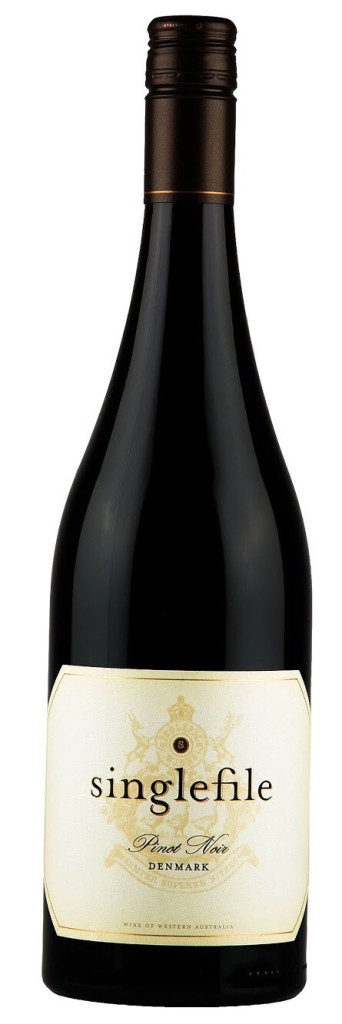 Notoriously difficult to produce, Pinot Noir remains the Holy Grail for many winemakers and enthusiasts alike. At their best, Pinots possess an almost ethereal quality, fanning out and caressing all parts of the palate.
Notoriously difficult to produce, Pinot Noir remains the Holy Grail for many winemakers and enthusiasts alike. At their best, Pinots possess an almost ethereal quality, fanning out and caressing all parts of the palate.


